Integrated Passive Components: What Is Integrated Passive Component Technology?

In the ever-evolving world of electronics, the demand for smaller, more efficient, and cost-effective components has led to significant advancements in component integration. One such innovation is Integrated Passive Component (IPC) technology, which combines multiple passive components—such as resistors, capacitors, and inductors—into a single, compact unit. This integration simplifies circuit design, reduces the overall size […]
Embedded Passive Components in PCB

Optimize your PCB designs with embedded passive components. Experience reduced size, improved signal integrity, and enhanced reliability for your electronic devices.
Discrete vs Passive Components: What Are Differences Between Them?

Discover the distinctions between discrete and passive components for effective circuit design. Gain insights into their roles and applications.
Top 15 Passive Components Manufacturers

Discover the top 15 passive components manufacturers driving innovation in electronics. From resistors and capacitors to inductors and transformers, learn about leading companies, and shaping industries from automotive to consumer electronics with high-performance, reliable components.
Spherical Capacitor: What It Is and How It Works
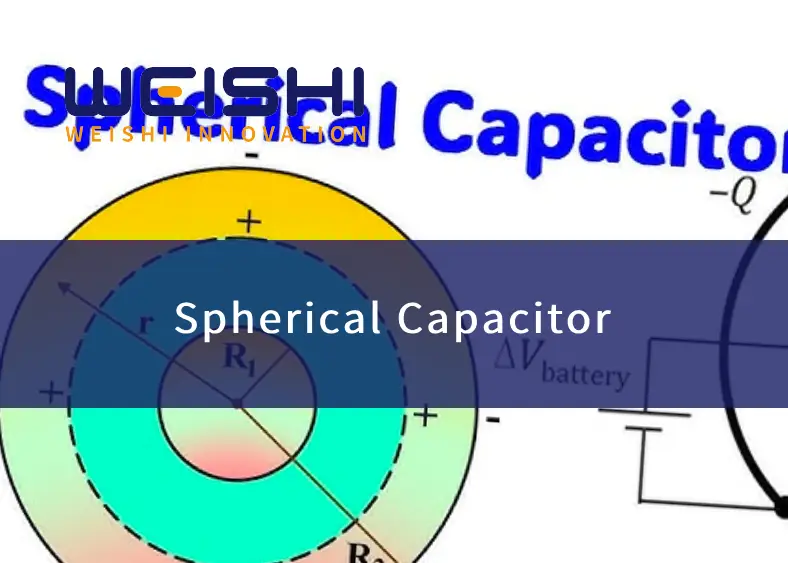
Spherical Capacitor: A type of capacitor consisting of two concentric conducting spheres, where the space between them can be filled with air or a dielectric. Learn how it works and its key applications.
Bipolar Capacitor: What It Is and Its Functions
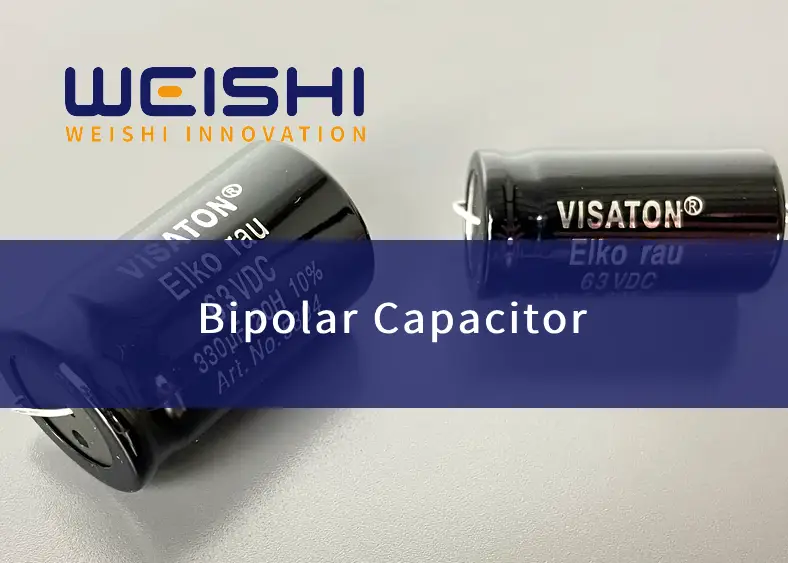
Discover bipolar capacitors: Explore their unique characteristics, including high capacitance and bi-directional voltage handling. Learn about their key applications in power electronics, telecommunications, and more.
Voltage Divider Capacitor: What It Is and How It Works
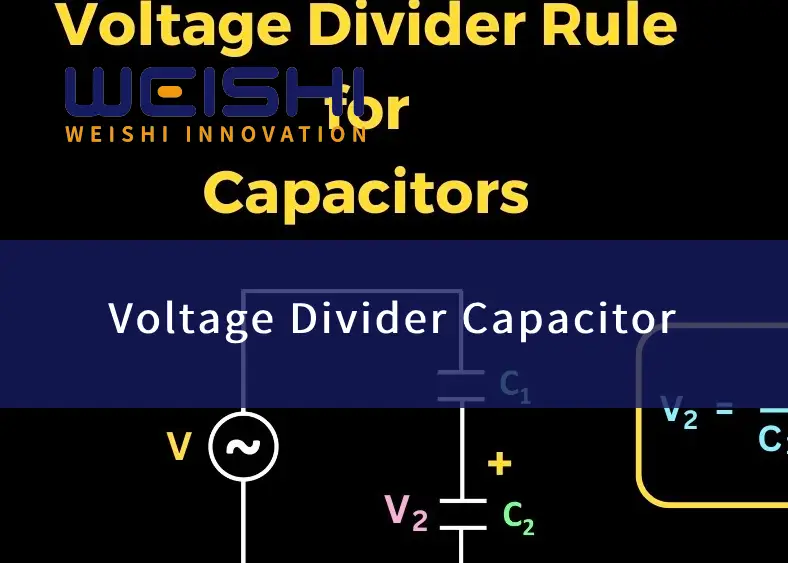
Learn how voltage divider capacitors work to divide voltages and filter signals. Discover their applications and key principles in this concise guide.
Can a Capacitor Increase Voltage?
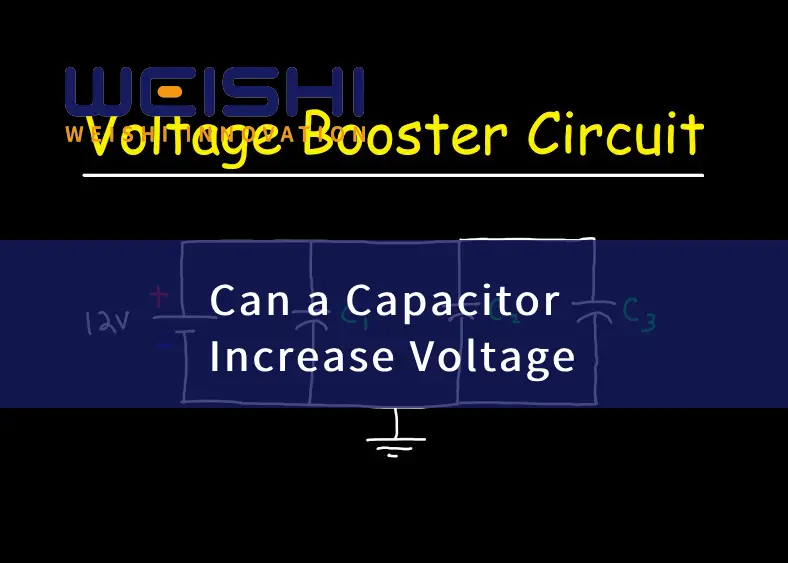
Explore the surprising ways capacitors can be used to boost voltage. Understand voltage multiplier circuits and their applications in electronics.
DC Capacitor: What It Is and How It Works
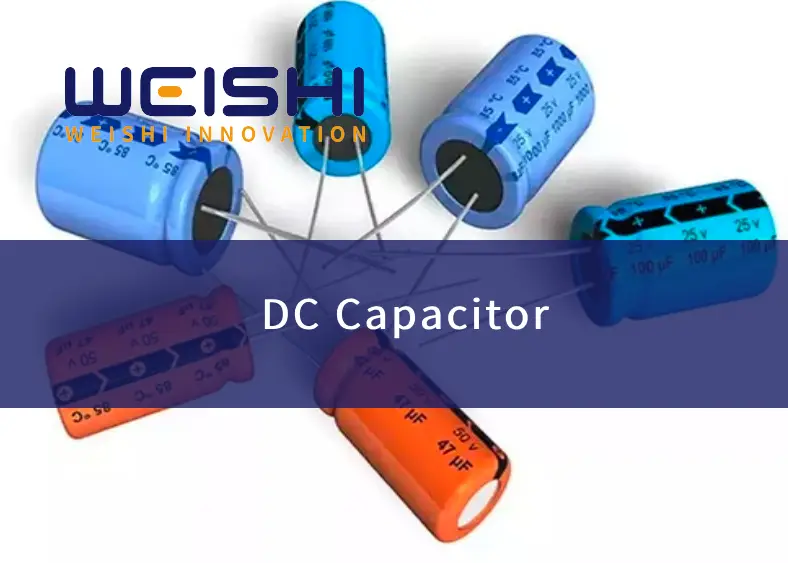
Discover what a DC capacitor is and how it stores electrical energy. Learn about its key functions in electronic circuits, including power supply filtering and energy storage.
Boost Capacitor: What It Is and Its Functions
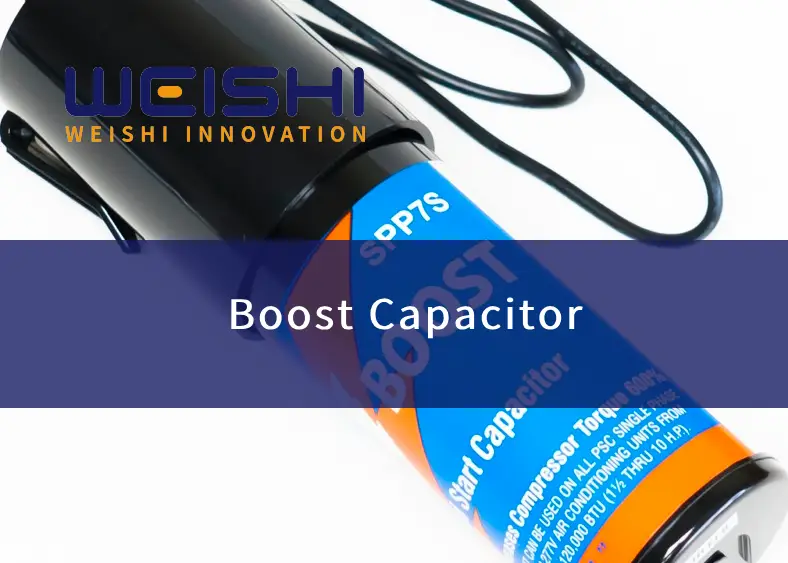
Improve your electronic designs with boost capacitors. Learn how they enhance system performance, reduce voltage drops, and stabilize power delivery.
Rifa Capacitor: What It Is and How It Works
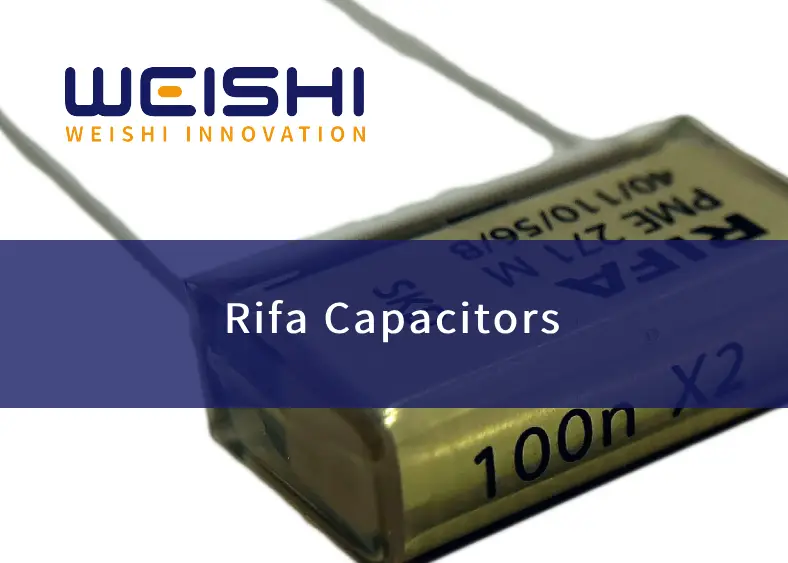
Discover Rifa Capacitors: Explore their types, applications (audio, power, automotive), and how they work. Learn about their unique characteristics and why they are a preferred choice in electronics.
Tweeter Capacitor: What It Is and Its Applications
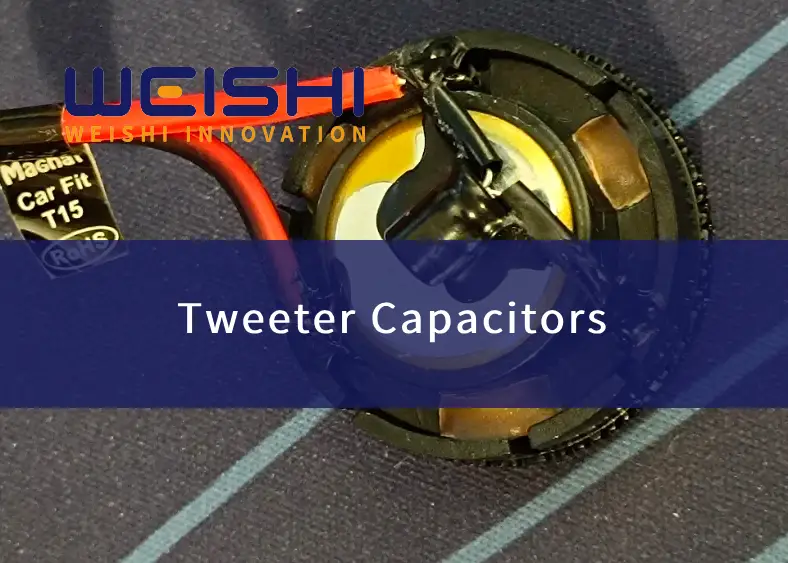
Learn about Tweeter Capacitors: Understand their role in audio systems, how they protect tweeters, and their impact on sound quality. Discover a wide range of high-quality capacitors for your audio projects. Contact us today for wholesale inquiries!